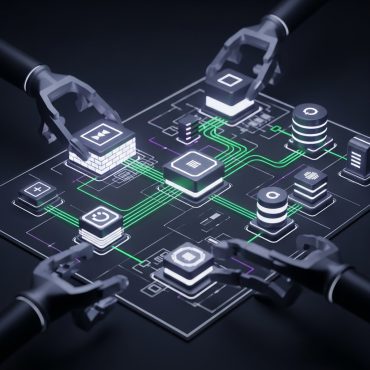APT (Advanced Persistent Threat) Protection
APT protection refers to cybersecurity measures designed to defend against sophisticated, long-term, and targeted cyber threats. APT attacks typically target specific entities such as government agencies, critical infrastructure, and major corporations, employing long-term surveillance to exploit vulnerabilities and commit data breaches.
Key Features of APT Protection:
- Multi-layered Security: Provides protection across multiple layers including network firewalls, intrusion detection/prevention systems (IDS/IPS), endpoint security, and secure gateways.
- Behavior Analysis and Anomaly Detection: Monitors systems to detect abnormal behaviors that traditional security measures might miss.
- Proactive Monitoring and Threat Intelligence: Uses continuous monitoring and updated threat intelligence to identify and mitigate threats early.
- Access Control and Authentication: Implements strong authentication mechanisms and role-based access control (RBAC) to prevent unauthorized access.
- Updates and Patching: Regularly applies software updates and security patches to mitigate vulnerabilities.
- Content Filtering and Secure Email: Provides effective content filtering to prevent phishing attacks and malicious emails.
APT protection helps organizations develop comprehensive and proactive defense strategies against complex cybersecurity threats.
Sandbox Technology
Sandbox technology securely isolates applications or files, protecting systems from malware by running potentially harmful content in a safe, isolated environment.
Sandbox Technology Features:
- Isolation: Executes files or applications separately from actual systems, limiting potential damage.
- Testing and Analysis: Provides a secure environment for analyzing suspicious content to identify malicious behavior.
- Ease of Rollback: Limits the impact of malware within the sandbox, facilitating easy rollback.
- Platform Independence: Supports different operating systems, enabling threat analysis across multiple platforms.
- Security Research: Allows security professionals to study and analyze threats safely.
Email Sandbox Security
Email sandbox security isolates and analyzes email-based threats, preventing malicious content from reaching user systems.
Key Features of Email Sandbox Security:
- Isolation of Malicious Attachments and Links: Prevents harmful email attachments and links from infecting systems.
- Spam and Ransomware Detection: Detects and analyzes emails containing spam and ransomware.
- Phishing Detection: Identifies and protects against phishing attempts designed to deceive users.
- Cyber Threat Investigations: Assists security professionals in understanding and responding proactively to new or advanced threats.
Email sandbox solutions significantly enhance email security, enabling organizations to adopt a proactive stance against cyber threats.












